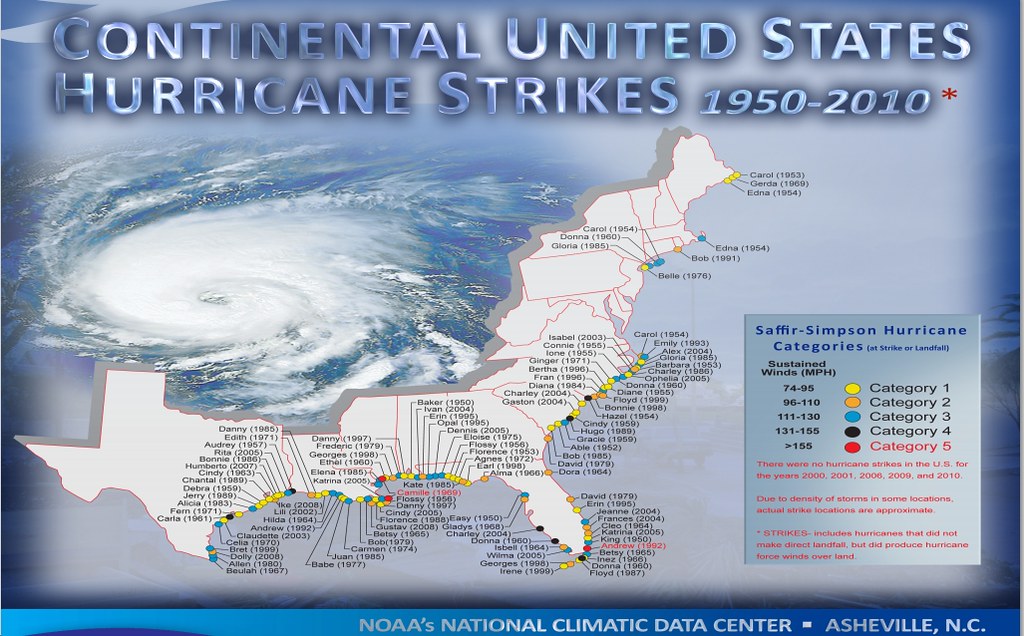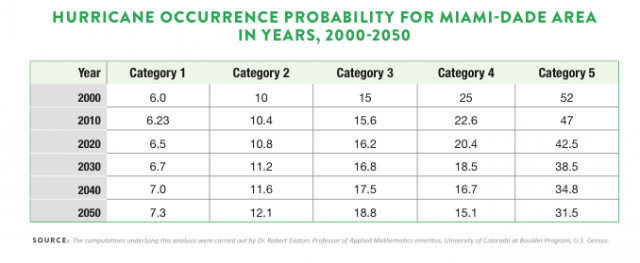All Topics / Overseas Deals / Orlando Florida
Climate Impacts in the Southeast
Over 70 million people live in the Southeast. [1] The region includes many cities with populations over 250,000, including Houston, Jacksonville, Charlotte, Atlanta, Miami, and New Orleans. [1] The region's economy includes forestry, tourism, oil and gas production, and agriculture. The Southeast also includes 29,000 miles of coastline. [2]
The region's climate is generally warm and wet, with mild and humid winters. Since 1970, average annual temperatures in the region have increased by about 2°F. [3] Winters, in particular, are getting warmer. The average number of freezing days has declined by four to seven days per year since the mid-1970s. [3] Most areas, with the exception of southern Florida, are getting wetter. Autumn precipitation has increased by 30% since 1901. The number of heavy downpours has increased in many parts of the region. [3] Despite increases in fall precipitation, the area affected by moderate and severe drought, especially in the spring and summer, has increased since the mid-1970s. [3]
Average annual temperatures in the region are projected to increase by 4 to 9°F by 2080. [3] Hurricane-related rainfall is projected to continue to increase. Precipitation in southern Florida will likely decrease. It is unclear how precipitation will change in the rest of the region. Climate models are currently inconclusive as to whether the net change will be an increase or decrease. Models do suggest that rainfall will arrive in heavier downpours with increased dry periods between storms. These changes would increase the risk of both flooding and drought. [3] The coasts will likely experience stronger hurricanes and sea level rise. Storm surge could present problems for coastal communities and ecosystems.
Freckle
One of the reason I like Orlando is because it is two hours inland so by the time a hurricane reaches Orlando it has died down so Orlando would never get the full force of the storm
Nigel Kibel | Property Know How
http://propertyknowhow.com.au
Email Me | Phone MeWe have just launched a new website join our membership today
Nigel Kibel wrote:FreckleOne of the reason I like Orlando is because it is two hours inland so by the time a hurricane reaches Orlando it has died down so Orlando would never get the full force of the storm
I can only imagine you like shoe leather.
Notable Hurricanes to Have Impacted Orlando
http://www.orlandohurricane.net/History/History.html
San Felipe-Okeechobee Hurricane 1928


Hurricane Donna 1960


Hurricane Charley 2004


Dodged a bullet with Andrew..


Dodged another one with Katrina..

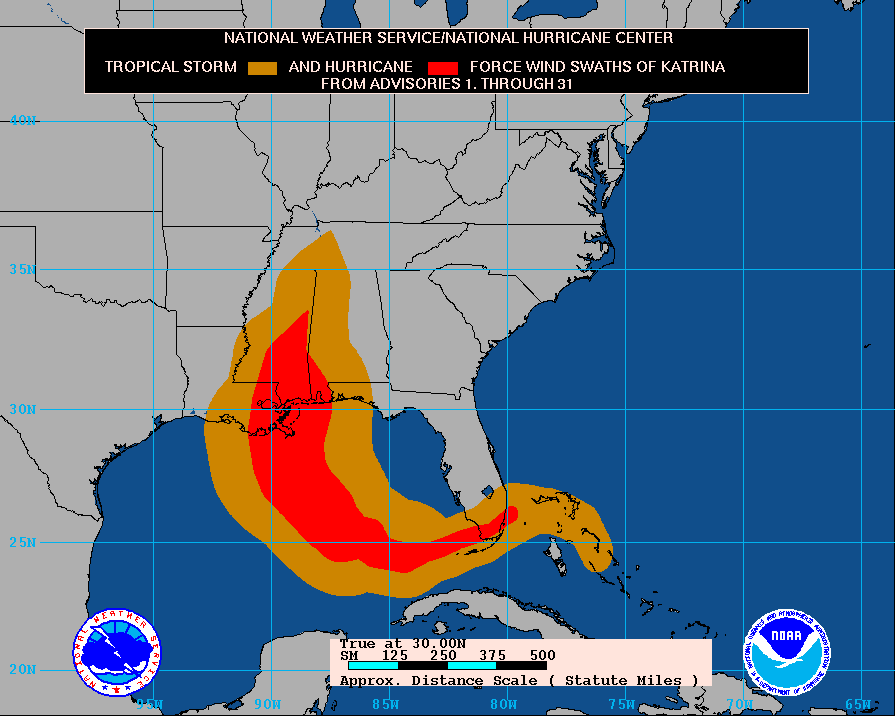
and Ike could have gone anywhere

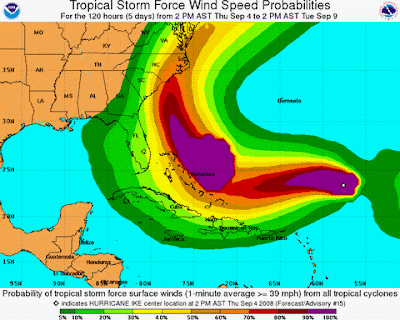
but ended up going….

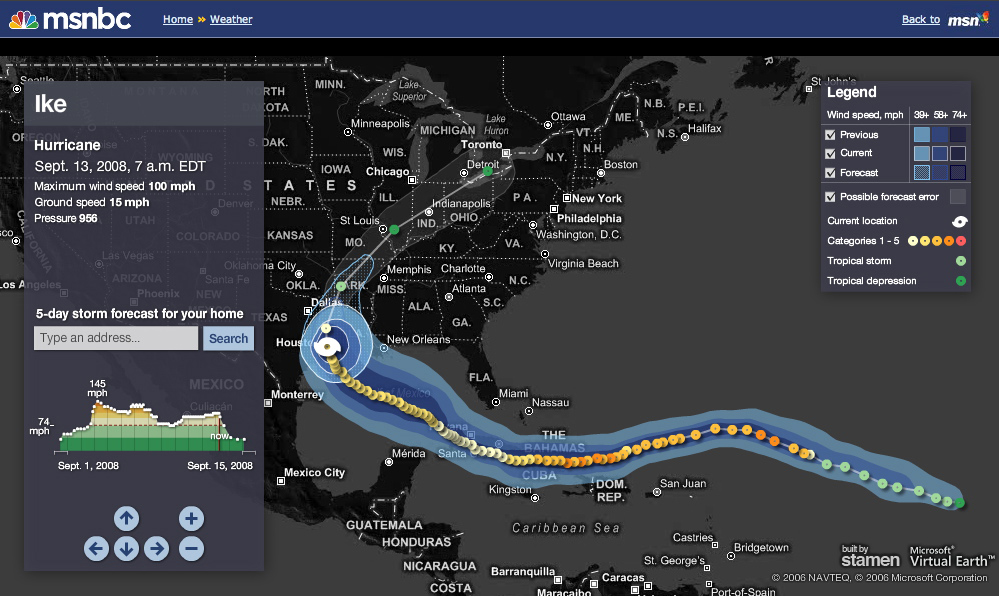
The graphs suggest don't buy the southern half or in coastal regions. Insurance premiums must be a killer if you can get cover. it seems the NW quadrant is a relatively safe bet on a statistical basis anyway.
LONG-TERM ECONOMIC IMPACT OF CLIMATE CHANGE
The long-term economic impacts of climate change will be most severe on Florida’s attractiveness as a destination for retirees and seasonal migrants. Second homes for those who winter in Florida constitute roughly eight percent of the state’s housing stock. For decades Florida has also been the favorite destination for retirees who move out of their home states, but that lead is shrinking: Florida was the destination for 26 percent of inter-state retirees in 1980 but only 16 percent in 2008. Still, retirees bring at least $2.2 billion in outside annual income to the state from pensions, social security and other retirement income.
A favorable climate, attractive waterfronts, and affordable housing have been the main draws, but increasing storm surges and hurricanes and rising insurance costs would change all that. Florida’s population is aging: the largest population increase in the coming decade will be people over 65. They are risk-averse. Economic studies estimate that such households would be willing to pay as much as nine percent of their income to reduce the likelihood of a natural disaster with a 50-year return period (currently a Category 5 hurricane) by half. This indicates how unwilling those relocating will be to live in locations where such catastrophic risks are not decreasing but are increasing rapidly.
Equity Residential is the largest publicly-traded multi-family real estate investment trust REIT in the U.S. The REIT was founded by billionaire Sam Zell (check out other billionaire managed REITs), with a portfolio consisting of 152,821 units spread out over 529 properties in 24 states and the District of Columbia.
Equity Residential is well positioned to capitalize on the current housing trend in the U.S. The real catalyst will be the fact that rental rates will remain elevated, as well as increase over the interim.
All other commercial property types are following the trend. Education in Commercial RE Investing is key.
John-USA-CommercialRE
Email MeYou are correct Nigel. Actually the State of Florida and the Building Code Counsel have constructed a zone map that reflects each area of Florida and the rated sustainable winds. This zone map is what the insurance industry uses to price insurance. That being said several companies are out there now that write this type insurance all day long. The FACT is; regardless if there is a hurricane or not that if an insurance property suffers from wind damage that the standard policy will not cover the loss. Most of the public is still unknowing of this.
John-USA-CommercialRE
Email MeWhat about sink holes?
lol
I will take the sink holes over Tornadoes any day of the week.
What a disaster in the mid west. However it is something to consider when investing. After all they build Disney world in Orlando because you dont get a lot of severe weather
Nigel Kibel | Property Know How
http://propertyknowhow.com.au
Email Me | Phone MeWe have just launched a new website join our membership today
Nigel Kibel wrote:lolI will take the sink holes over Tornadoes any day of the week.
r
A tornado you loose the house. A sink hole you loose the house and land!
You must be logged in to reply to this topic. If you don't have an account, you can register here.


